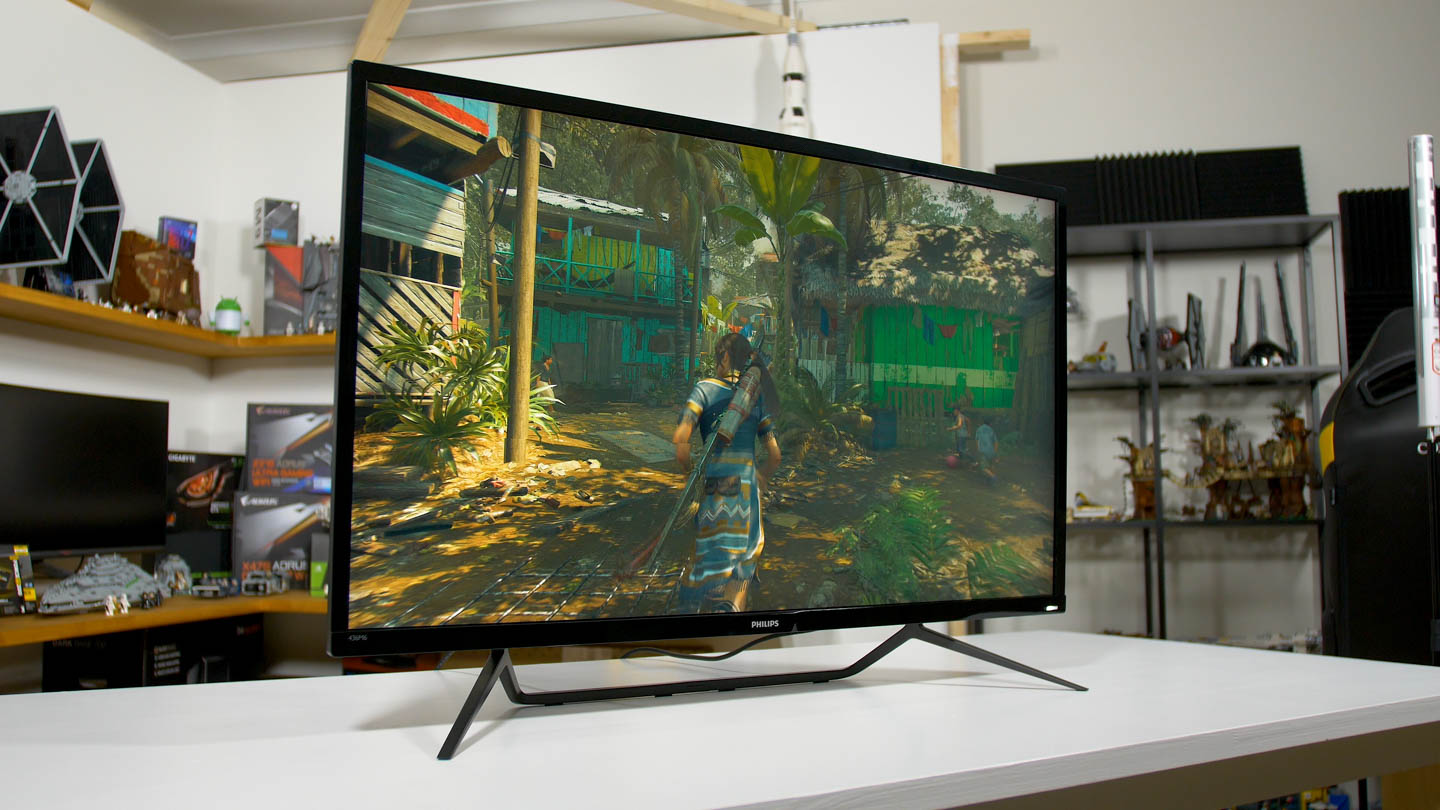Great article. Without any rancor whatsoever, it's yet another reason why I will not buy anything nVidia makes--that's been true for me since 2002. IMO, The company simply refuses to be honest on a whole range of technical assertions about its products--although nVidia is regularly caught and slapped down publicly, which has been true since its origin, actually, the company continues with its prevarications. It's gotten so I instinctively do not trust anything the company alleges these days. Very sad--I have waited for nVidia to change--it hasn't happened. Enough about my sentiments about nVidia--I want to say a word about G-sync/Freesync.
I've never used it or wanted it or missed it, and here's why: dating back to the period of time preceding Freesync, I viewed with some amusement the so-called non-G-sync videoclips nVidia began circulating over the 'net that purported to show me what my non-G-sync monitor display looked like, side-by-side with another videoclip purporting to show me what a G-sync monitor looked like by comparison...

(You may recall the "wind-farm propeller" videos that were supposed to illustrate the principle.) The amusing part for me was that my AMD-driven non-G-sync display looked *exactly* like nVidia's G-sync-monitor videoclip...! And I mean exactly! I said so in many places over the 'net at the time. Further, if my display ever looked as bad as the so-called non-G-sync display clip circulated by nVidia at the time it *would only have been because there was some kind of hardware/software *fault* causing it!...

No, nVidia, my non-G-sync AMD GPU hardware has *never* looked as bad as you claimed non-G-sync hardware was supposed to look--and the irony is that without Freesync/G-sync support today, my display still looks perfect to my eyes. I do a *lot* of gaming, and have done so over the last thirty years, and I know that my eyes do not deceive me. And if your non-G-sync GPUs drive displays as poorly as your own videoclips show, nVIdia--Lord help your customers, is all I have to say. But I doubt that is the case anymore than it is with AMD GPUs.
I'm crazy-bonkers over my latest monitor acquisition, an AoC U3277PWQU I bought new on Amazon a few months back for ~$400. It's not Freesync and it certainly isn't G-sync, and I find the 3840x2160 display (powered by my RX-590/480 multi-gpu system) to be hands down the best monitor of any description I have ever owned--I only use Display Port, of course. I often easily exceed the 60Hz limit by turning off vsync (I get very little tearing these days from Vsync-off with this monitor) and with older games, jumping to literally 100's of frames per second is commonplace. Some games love to tear, however, and for those I find that the Enhanced Sync driver setting eliminates ~90% or more of the tearing while providing ~90% of the vsync-off frame-rate performance--should it be needed. Don't miss Freesync at all--and won't touch G-sync.
Believe it or not, the purpose of this post is not to simply bash nVidia...

I'm glad to see them dragged kicking and screaming into supporting an open standard like Freesync, because nobody buying these GPUs deserves to be locked into a certain brand of costly GPU/monitor and pay through the nose for custom features that are completely unnecessary--even if that is what nVidia would obviously prefer to do. Right after AMD announced Freesync, in response to nVidia's G-sync claims, the company made it plain that it had no objection to nVidia using Freesync, too--whatsoever! Glad to see nVidia responding--better late than never.
Rather, I signed up here just to congratulate Techspot on a fine article! This is the kind of thing sorely needed in the community today, otherwise, people can be sitting ducks for unscrupulous companies with, shall we say, less-than-objective marketing departments. (Ready to "real-time ray trace"? *cough*)
Last, it may be that my next monitor will be Freesync2, but if so, it will not be because I go out and seek it as a must-have feature. All of the other features I want must be there first, as well as value for the dollar! If I get Freesync2 then it will simply be as icing on the cake--and if I don't need it I may wind up turning it off...

